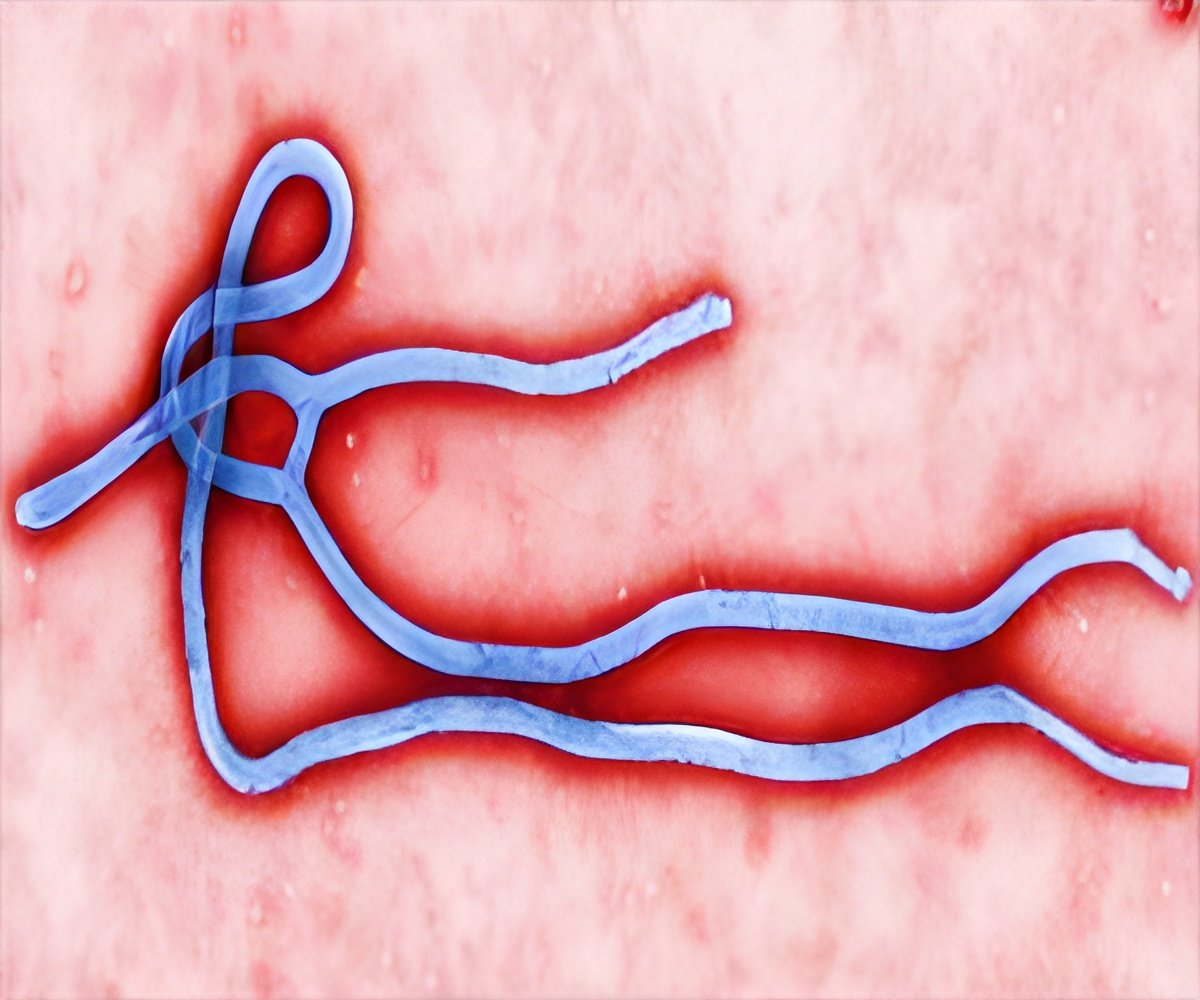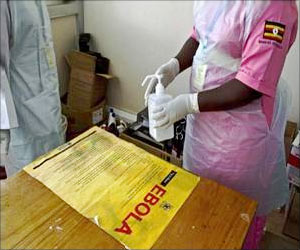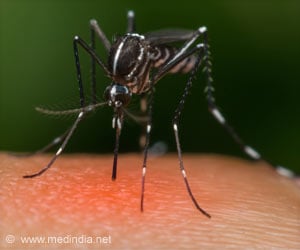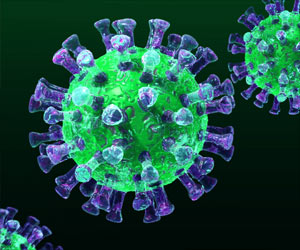
In an animal model called cynomolgus macaques, the current strain, still present in Sierra Leone and Guinea, takes roughly two days longer to cause terminal disease when compared to the 1976 strain, they said.
The results provide important information to scientists, as they wondered if the Ebola virus in West Africa is becoming more severe, the NIH researchers reported in the US journal Emerging Infectious Disease.
In the new study, the researchers infected three cynomolgus macaques with the 1976 strain and another three with the current strain.
While both groups were spreading the virus three days after being infected, those with the 1976 strain developed a rash on day four and became extremely ill on days five and six.
Those with the current strain did not develop a rash until six days after infection, and severe disease appeared on days seven and eight.
Advertisement
In humans, the current outbreak, which has killed over 11,000 people, has a case-fatality rate of 50 percent, while the 1976 one has a case-fatality rate of 90 percent.
Advertisement
Source-IANS











